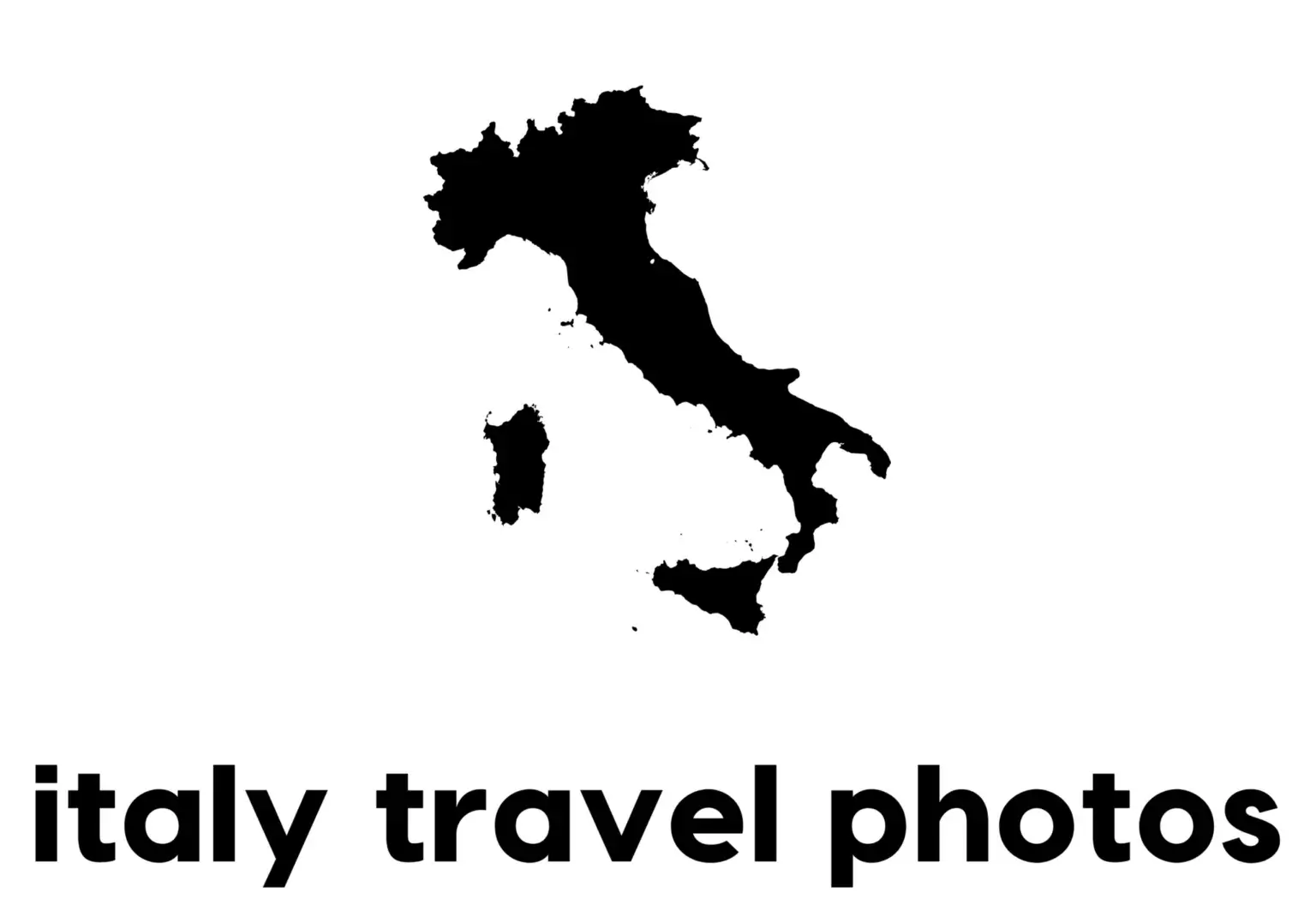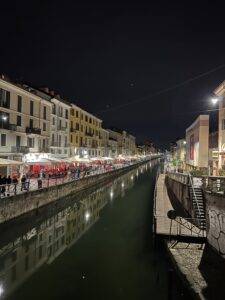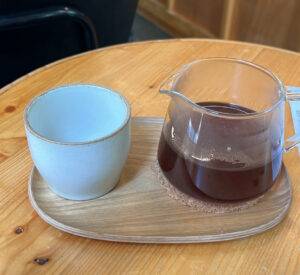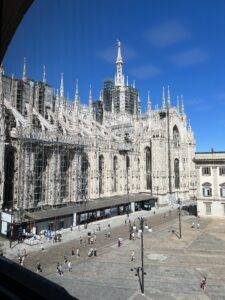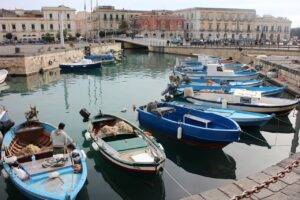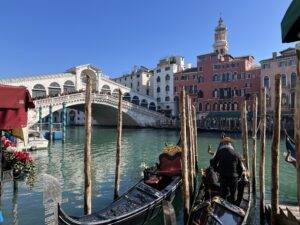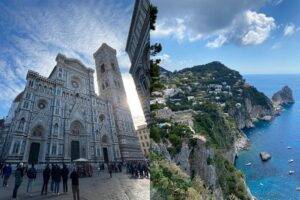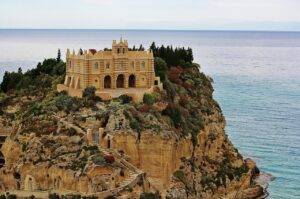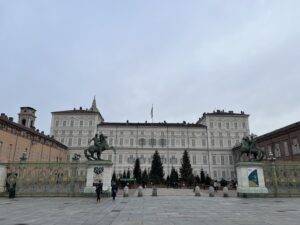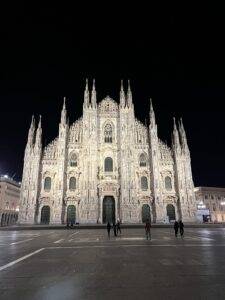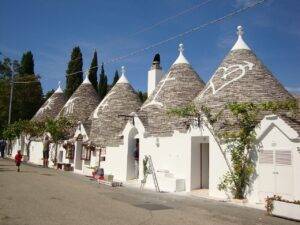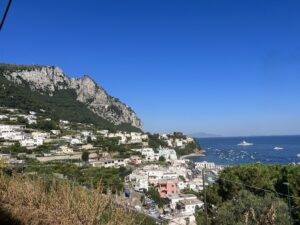When is the best time to Visit Italy?
What comes to mind when envisioning an Italian holiday? Perhaps you think about the historic sites in Rome or the vineyards of Tuscany. Alternatively, perhaps the picturesque Amalfi Coast or the recognisable Venetian canals are more appealing to you. However, you should be aware of when is the best time to visit Italy. The weather, the number of people, the cost, and other considerations can all affect your choice.
Wondering when is the best time to visit Italy? Then, this guide will be of great help!
Seasonal peak is May through the end of August. That doesn’t necessarily mean it’s the best time of year to visit Italy! Additionally, March through April and September to November are shoulder seasons. Finally, like in most other tourist destinations, December to February is the off-season. We’ll go over the best and worst times to visit Italy so you can start making plans for your upcoming trip.
Best time to visit Italy
Autumn: A Charming Season
Positives:
Travel on a budget: The autumn season, which lasts from September through November, is the best time to visit Italy for travellers on a tight budget. You can locate more reasonably priced lodging and flight options now that the busy travel season is ending.
Check out our post on “Traveling Italy on a Budget” for further advice on how to save money.
Pleasant climate: Italy’s temperature is usually mild throughout the autumn months. It is nice during the day and chilly at night, ideal for touring towns, wineries, and historical sites without the oppressive heat of the summer.
Fewer people: You’ll get a more genuine sense of Italy as the summer crowds thin out. While visiting well-known, less crowded attractions, you can take in the country’s beauty without all of the noise.
Negatives:
Unreliable weather: Although the weather in the autumn is typically magnificent, it can be unpredictable at times. Bringing clothes and being prepared for the sudden rain is a smart idea. If you’re not a fan of rain, it might not be the best time to go to Italy.
Restricted beach time: If you have ever wanted to unwind on the beaches of the Italian Riviera or the Amalfi Coast, remember that the water may still be chilly at the beginning of autumn
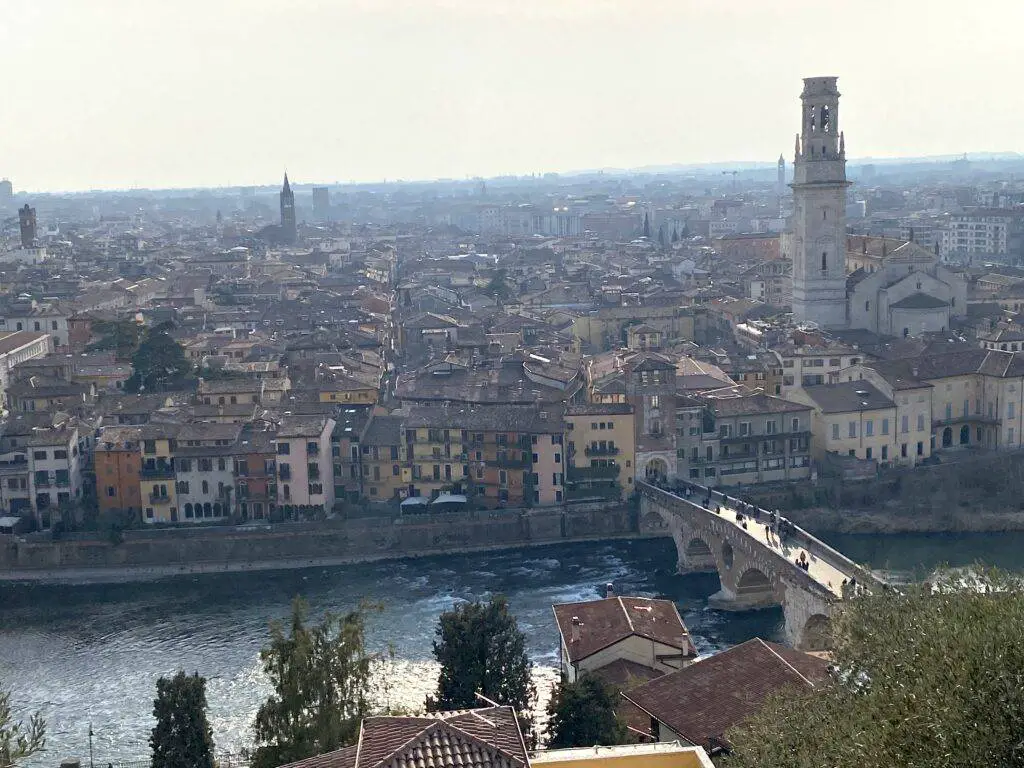
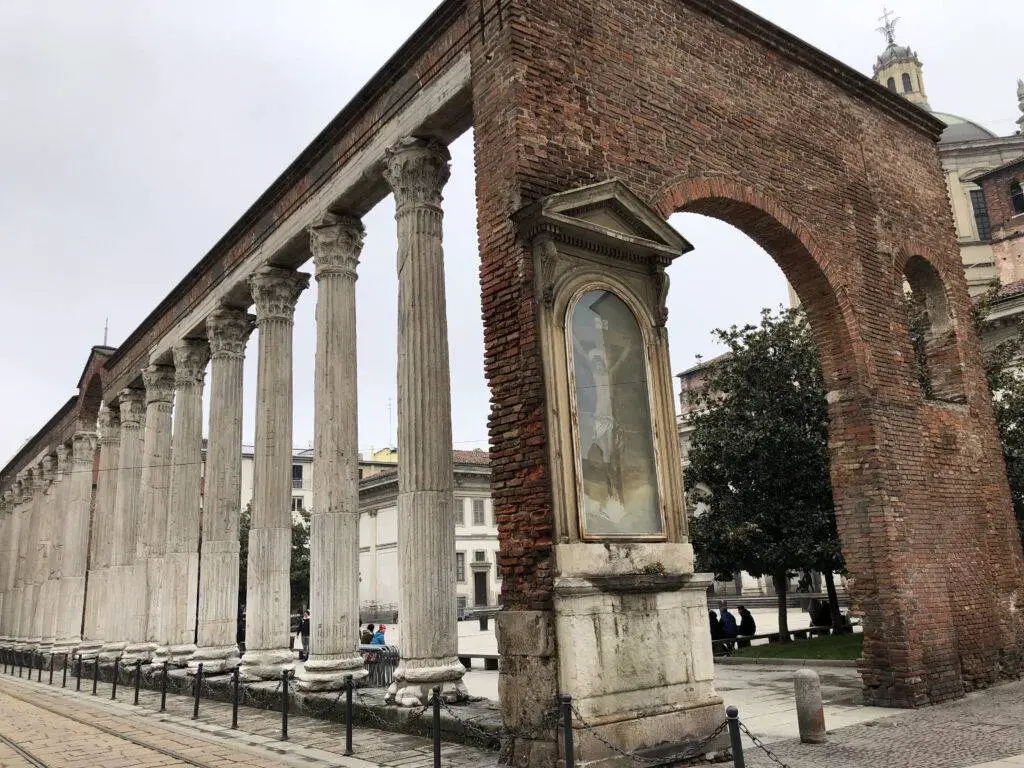
Northern cities like Verona or Milan are great places to visit in the Autumn
The Appeal of Springtime
Positives:
Perfect conditions: It’s one of the finest months for weather in Italy in May, with moderate temperatures and plenty of sunshine. It is the best time to visit Italy for outdoor activities like hiking and touring.
Photographer’s paradise: The Italian countryside comes to life in May with lush foliage, colourful flowers, and thriving vineyards. That said, photographers know exactly when to visit Italy!
There are fewer tourists: Since May occurs right before the peak of summer, you may choose to visit the attractions at a time when there are fewer tourists and shorter lines.
Negatives:
Higher costs: While May isn’t as pricey as the busiest summer months, it’s still considered the shoulder season, so lodging and travel costs will be a little more expensive than they would be in the autumn and winter.
Famous destinations: Make sure to arrange your trip appropriately since May might be crowded in famous tourist locations.

Rome is a good idea at any time of the year, but in spring, you get great weather, and it’s not too crowded.
Winter Adventures and Sports
Positives:
Skiing: For fans of winter sports, Italy’s winter seasons are a winter sports enthusiast’s paradise. The Italian Alps are home to numerous top-notch ski resorts with different slopes, heavy snowfall, and magnificent alpine scenery.
Cheaper pricing: Contrary to the peak summer season, December is considered Italy’s offseason, which often results in more affordable hotels, flights, and tourist activities. It’s the best time to visit Italy if you have a tight budget!
The food: Delicious and substantial, Italian winter food includes risotto, polenta, and thick stews that are excellent for heating up after a cold day outside. We have several articles on food and restaurants in our blog section.
Football Season: if you are a fan of Serie A and are hoping to watch some games on your trip to Italy, you will need to come in the winter.
Pro Tip: If you thinking of visiting Rome in the winter? Check out our guide on visiting Rome in the winter.
Christmas Time: Christmas is a special time of year in Italy. Most major cities have open markets set up that sell treats and ornaments from all over the country. Christmas trees and light displays are also set in the regional capitals’ main square. Also, if this is the time for special Christmas treats such as Panettone and Pandoro, Italys version of fruit cake.
Some highlights of Christmas time in Italy
Negatives:
Cold weather: Winters in Italy can be rather icy, which is why for some, it may not be the best time of year to go to Italy. Particularly in the northern and mountainous regions. You should dress warmly because there’s a chance that the roads may be covered with snow and ice.
Less daylight: Because winter days are shorter, there is less light for outdoor activities and exploring. In order to make the most of the brief window of daylight, plan your trip accordingly.
Avoid the South: Southern Italy, with its beaches, outdoor markets, and open-air restaurants/bars, is much better suited to a summer vacation. The warmer months are ideal for various outdoor activities, such as hiking, kayaking, and exploring the coastline by boat. This is also the time of year when events and festivals are held.
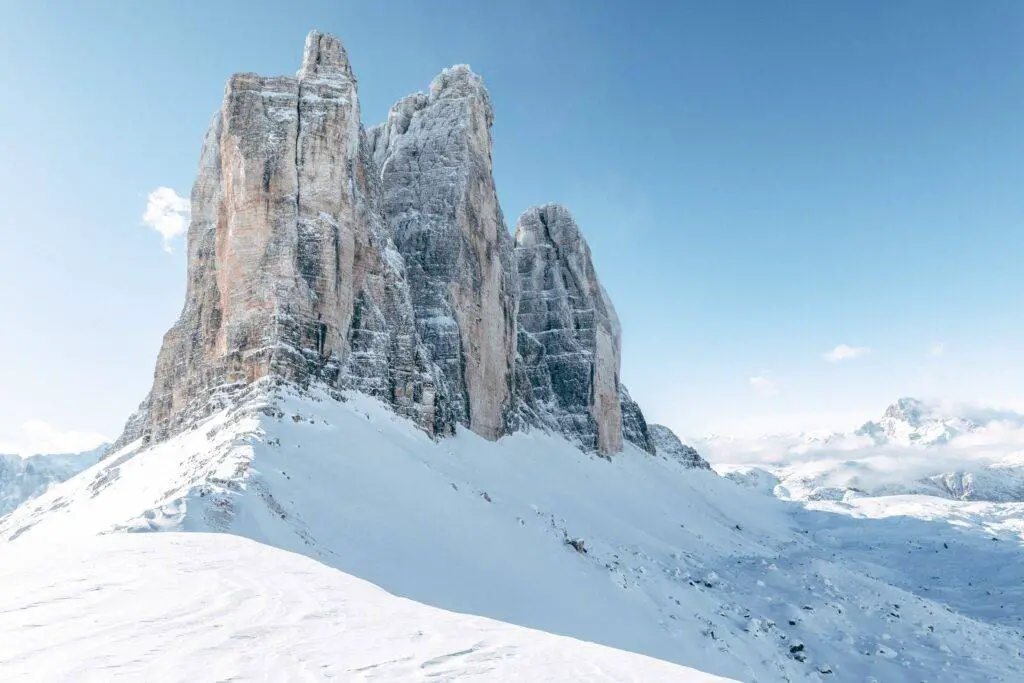
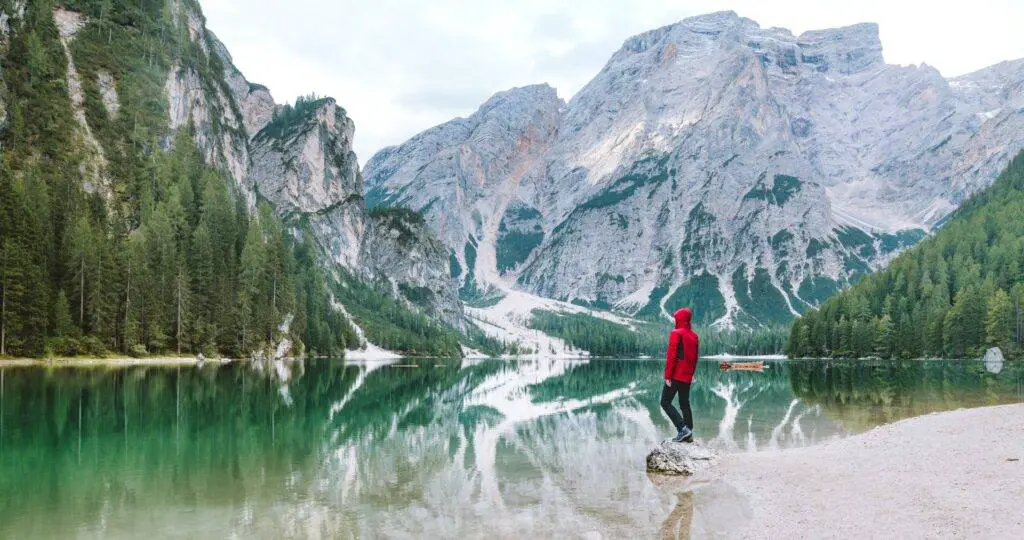
The Dolomites is one of Europe’s most well-known areas for skiing.
Warm Summertime
Positives:
Beautiful weather: From June through August, Italy experiences pleasant, sunny weather that is ideal for the beaches and other outdoor activities. You can take advantage of a lot of sunshine and comfortable temperatures for touring and outdoor adventures.
Beach time: The summer is the best season to visit Italy’s stunning coastline regions, which are among the most stunning in the world. You can soak in the sun and go swimming in crystal-clear waters. Moreover, eat fresh seafood everywhere in Italy, including the Amalfi Coast, Sicily, Sardinia, and the Italian Riviera.
Negatives:
Waiting in lines and crowds: The summer is Italy’s busiest vacation season, which does not mean it is the best time of year to go to Italy. You should prepare for heavy crows as well as long lines at popular tourist spots. Extra patience may be required to navigate the throng.
Increased Costs: Due to the strong demand throughout the summer, especially in August, hotel and flight prices frequently skyrocket. Dining out and other tourist activities could come at an extra price.
The North is closed, and the South is busy: You might notice that many residents in Italy’s northern regions close their businesses in August so they can take personal vacations. As a result, your options for eating out, shopping, and even touring may be limited. In contrast, the southern parts of Italy become busy with both local and foreign tourists. For that reason, August might not be the best time to go to Italy if you want a unique experience.
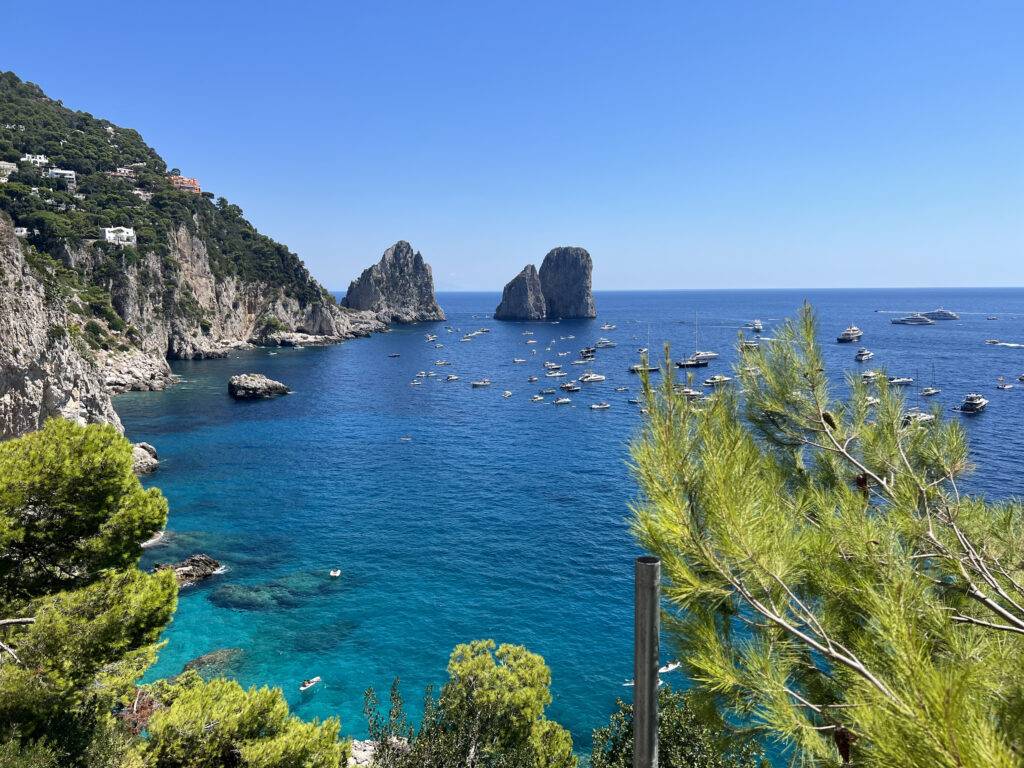
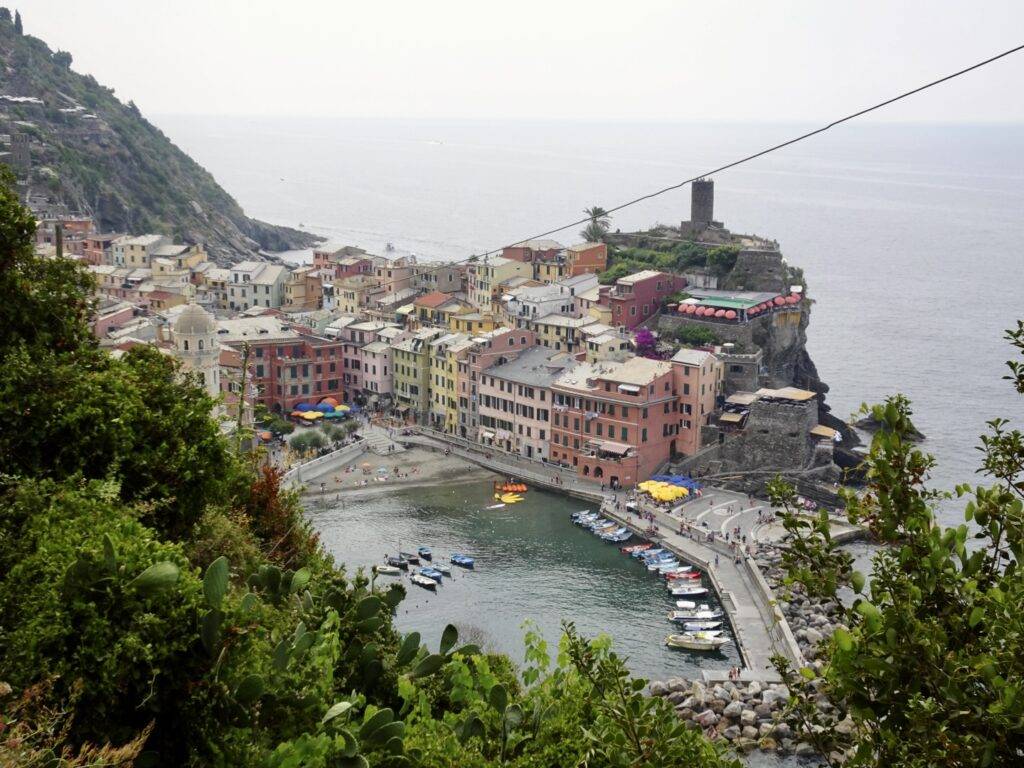
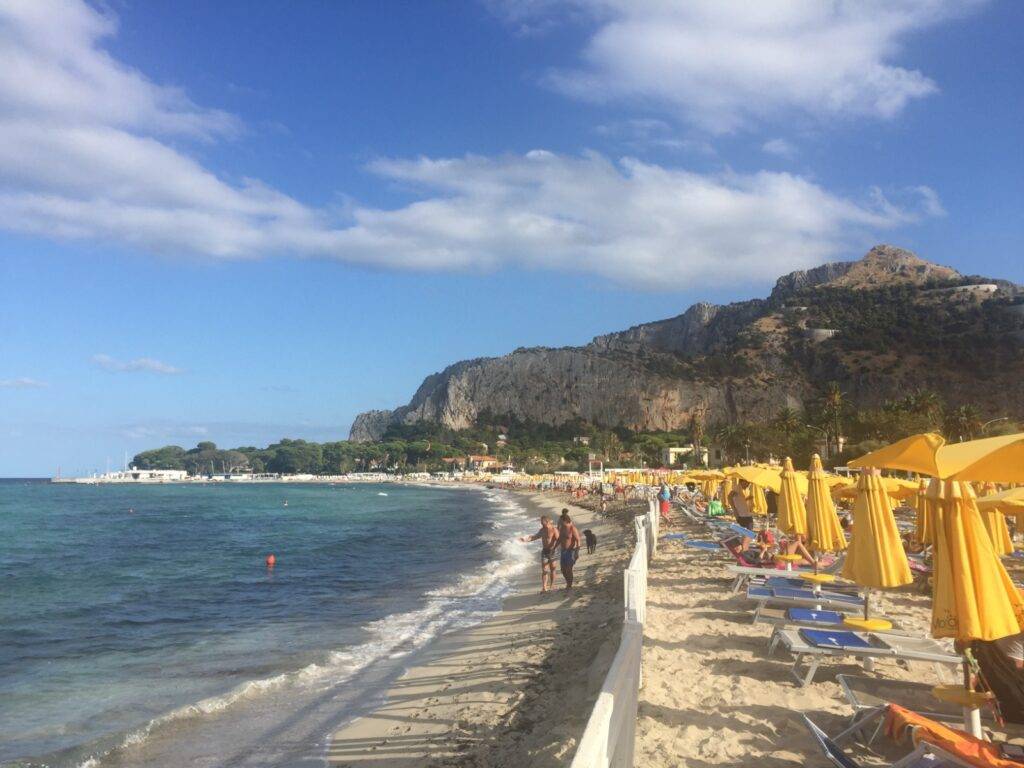
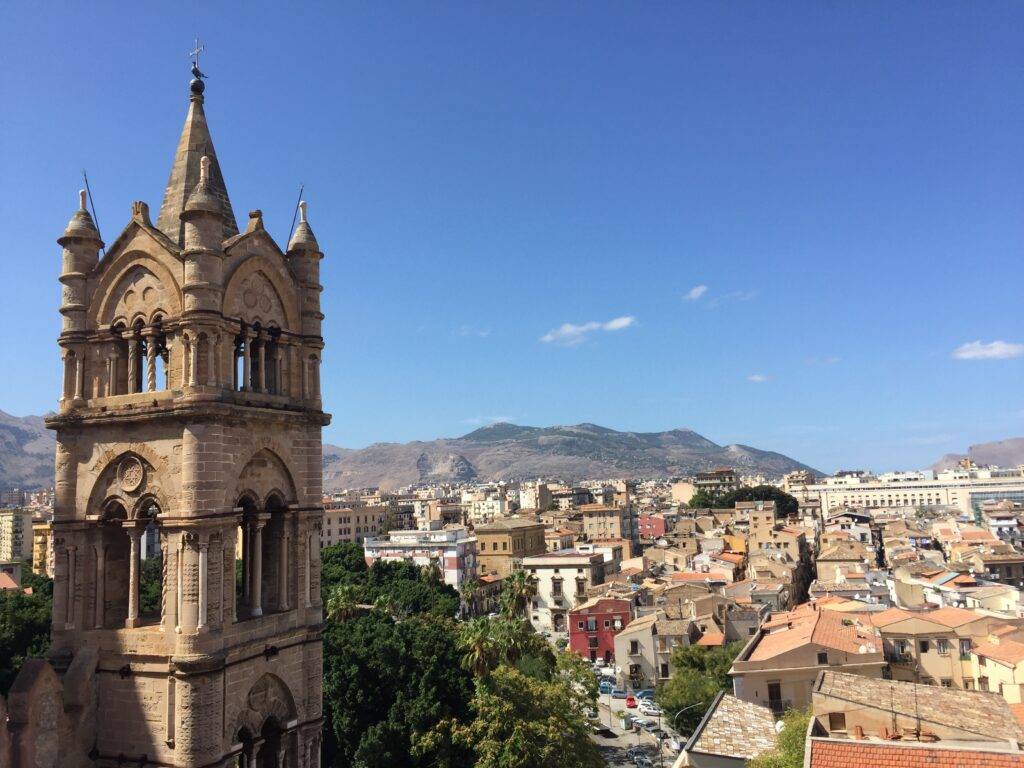
Locations such as Capri and Cinque Terre are trendy summer destinations. A favorite of ours is Sicily. Palermo, for example, strikes a good balance of culture, and Mondello Beach is only a 20-minute bus ride from the center.
So when is the best time to visit Italy?
The best time to visit Italy depends on your interests and priorities, and its beauty has no limitations. Italy offers a great experience all year long, whether you like the charm of autumn, spring’s bloom, or summer’s hustle. When organising your Italian holiday, take into account your travel budget, preferred weather, and desired activities.
Winter and fall stand out as the most budget-friendly times of year to travel to Italy. There are several advantages to travelling during these months, including cheaper hotel and airfare rates as well as less crowding at famous tourist destinations. These times of year can be your finest allies if you want to travel around Italy on a tight budget.
